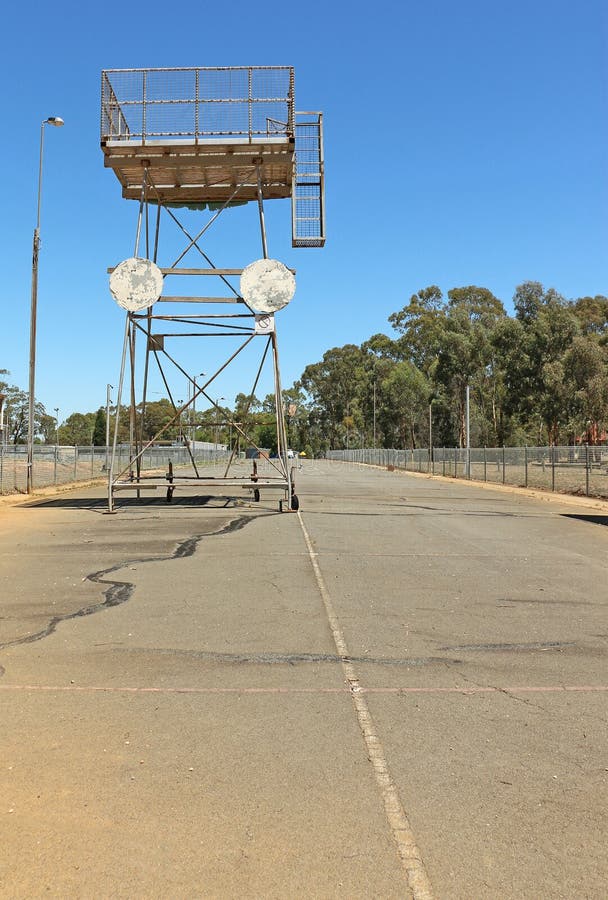How Fire Suppression Systems and Emergency Preparedness Strategies Ensure Safety
How Fire Suppression Systems and Emergency Preparedness Strategies Ensure Safety
Blog Article
Protecting people and property from fire hazards is critical for any organization. Merging automated systems with personal training is a powerful method to enhance fire protection measures. Automatic fire suppression setups and emergency readiness programs work together to ensure quick response.
Understanding How Sprinklers Work
Automatic sprinklers are engineered to activate automatically. They utilize heat-sensitive sprinklers to prevent fire spread. Individual nozzles provides localized protection, optimizing water use.

Key features of sprinkler systems include:
- Sprinkler heads: Release water to control heat.
- Water transport systems: Maintain water pressure.
- Fire suppression controllers: Monitor sprinkler performance.
- Water reservoirs: Maintain steady water pressure.
Why Fire Brigade Training is Essential
Despite the efficiency of automatic sprinklers, fire brigade skills plays a crucial role. Fire brigade training educate personnel to manage evacuation processes and support automatic systems.

Core components of fire brigade training include:
- Fire prevention strategies: Improving risk management skills.
- Evacuation route drills: Practicing efficient escapes.
- Firefighting skills: Training in using equipment.
- Communication and teamwork: Encouraging teamwork under pressure.
sprinkler de incêndiosprinklers incêndiocurso brigada de incêndio
The Synergy Between Technology and Preparedness
Pairing sprinklers with emergency drills enhances fire response efforts. As sprinklers act as the first line of defense, trained fire brigades handle larger threats.

Together, these methods reduce fire impact in homes and apartments, commercial properties, and industrial facilities alike.
Conclusion: Building a Safer Future
Automatic fire systems and emergency drills work together seamlessly. Using these complementary methods safeguards communities for all types of emergencies.
Strengthen your fire response plan today by installing sprinkler systems. Preparedness and technology work hand in hand!
Report this page